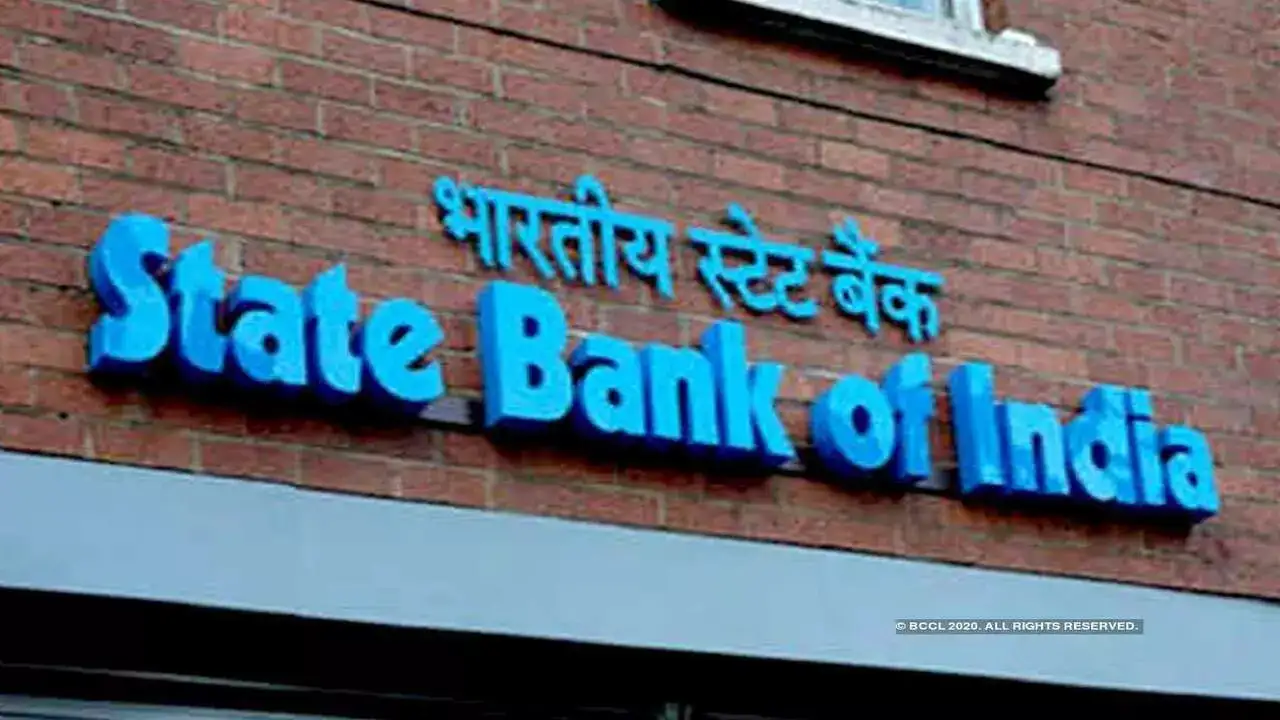Copyright timesnownews

State Bank of India (SBI) is setting its sights on joining the world’s top 10 most valued banks by 2030, marking an ambitious new chapter for the country’s largest lender. The goal follows SBI’s achievement of crossing the Rs 100-lakh-crore business mark, a milestone that underscores its scale, resilience, and leadership within India’s financial ecosystem. Chairman CS Setty announced the target while speaking at the 12th Banking and Economic Conclave, organised by SBI, highlighting the bank’s plans to strengthen its capital buffers and boost valuation in line with global peers. “Our internal target is to have a capital adequacy ratio (CAR) of 15% and a core equity tier (CET-1) ratio of 12%,” Setty said. As of September 2025, SBI’s CAR stood at 14.62% and its CET-1 ratio at 11.47%, bringing it close to these benchmarks. The chairman added that while SBI has ploughed back significant profits over recent years, it continues to maintain a growth-supportive capital base. “Capital has never been a constraint for growth,” Setty noted, adding that the bank has maintained Rs 6–7 trillion in capital through profit augmentation over the past five years. The Rs 100-lakh-crore milestone includes both advances and deposit liabilities, reflecting SBI’s expansive network and dominant lending share. The achievement comes as the lender also surpassed the $100 billion market capitalisation mark this week , joining elite Indian corporates such as HDFC Bank, TCS, Reliance Industries, Bharti Airtel, and ICICI Bank. While HDFC Bank has already made it into the global top-10 banks list, Setty believes SBI and ICICI Bank could soon follow suit. “Our aspiration is to be among the global top 10 by 2030,” he said, outlining a long-term vision of international competitiveness rooted in financial strength and digital innovation. In its September 2025 quarter, SBI reported a 10% year-on-year rise in net profit to Rs 20,160 crore, driven by strong performance across retail, agriculture, and MSME (RAM) segments, alongside gains from a partial stake sale in Yes Bank. With robust profitability, a widening balance sheet, and improving capital ratios, SBI’s next decade could define a transformative phase , one in which India’s flagship bank positions itself not only as the nation’s largest lender but as a global banking powerhouse.



